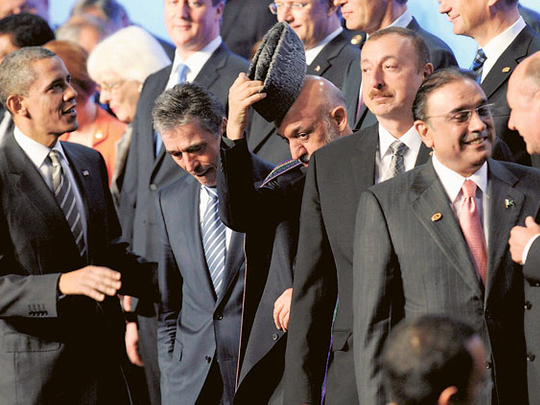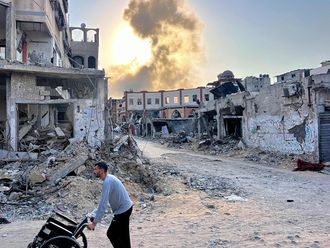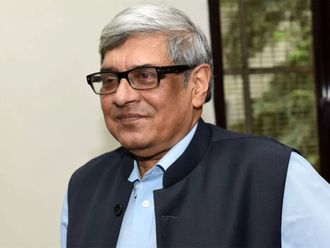
As the international community assesses the situation in Syria, it’s important to keep in mind what might be expected of Nato. I investigated the organisation’s actions in Libya last year while at the same time working with the United Nations’ civilian protection office in Afghanistan. The difference in how Nato interacted with me in each place was striking. I had a collegial, open relationship with officials in Afghanistan — and an adversarial and frosty one with those in Libya. In August, laser-guided bombs dropped by Nato forces reduced three homes in Majer, Libya, to rubble.
The strike killed 34, the largest loss of civilian lives from a Nato attack; 38 others were wounded. As the head of the UN investigating team for all Nato activity in Libya, I sifted through the debris and makeshift memorials in the small, rural village near Misrata while interviewing survivors, trying to piece together what had happened. It didn’t make sense — Nato hit the homes and returned for a follow-up strike, killing the rescuers who were frantically digging for survivors minutes after the first bombs struck. A pilot using laser-guided bombs would have been able to see the rescuers at work.
I wanted to talk with Nato officials to understand the incident and help initiate the process for lessons learned from the civilian casualties, but Nato refused to meet. Nato officials have not considered civilian casualties in their May review of the war and have refused to conduct an on-the-ground assessment of the civilian impacts in Libya. How can Nato uphold its mandate to protect civilians while denying civilian harm? I had a vastly different experience with Nato in 2008, when I investigated civilian deaths from airstrikes in Afghanistan for Human Rights Watch. At that time, civilians were being killed at a dizzying pace; the United Nations documented 359 civilian deaths from airstrikes in that year. After our report was released, Nato acknowledged problems and implemented changes: The number of documented civilian deaths stemming from airstrikes in 2011 was 187. When I led the UN office on civilian protection in Kabul last year, I saw firsthand how seriously alliance forces take such casualties. It is hard to believe Nato has not applied in Libya simple lessons gleaned from a decade in Afghanistan: investigate civilian casualties, acknowledge and make amends.
Although civilian casualties were reported in only nine targets out of more than 7,700 dropped bombs in Libya in 2011, Nato refused to discuss those incidents or to provide gun-camera footage, and it questioned why the United Nations was investigating. The action in Libya was launched for principled ends, succeeded in protecting Libyans from Muammar Gaddafi’s atrocities and did so while causing very few civilian casualties. Still, Nato is wrong to say it does not have to investigate civilian casualties. For one thing, after Nato airpower turned the war in the favour of the rebels in Libya, it should not be difficult to gain access to nine sites. If Nato intelligence was wrong in these instances, what produced the error? And with some floating the possibility of Nato intervention in Syria, shouldn’t the alliance recognize its opportunity to verify the legitimacy of targets and better ensure that civilians are spared? Instead of dealing with the United Nations investigation openly and admitting mistakes, Nato’s secrecy has fed Chinese and Russian conspiracy theories of massive civilian casualties. Nato Secretary General Anders Fogh Rasmussen even said in March that the operation in Libya caused no confirmed civilian casualties. I suggest he tell that to the families in Majer.
—Washington Post
Marc Garlasco led the investigation into Nato’s actions during the war in Libya.









